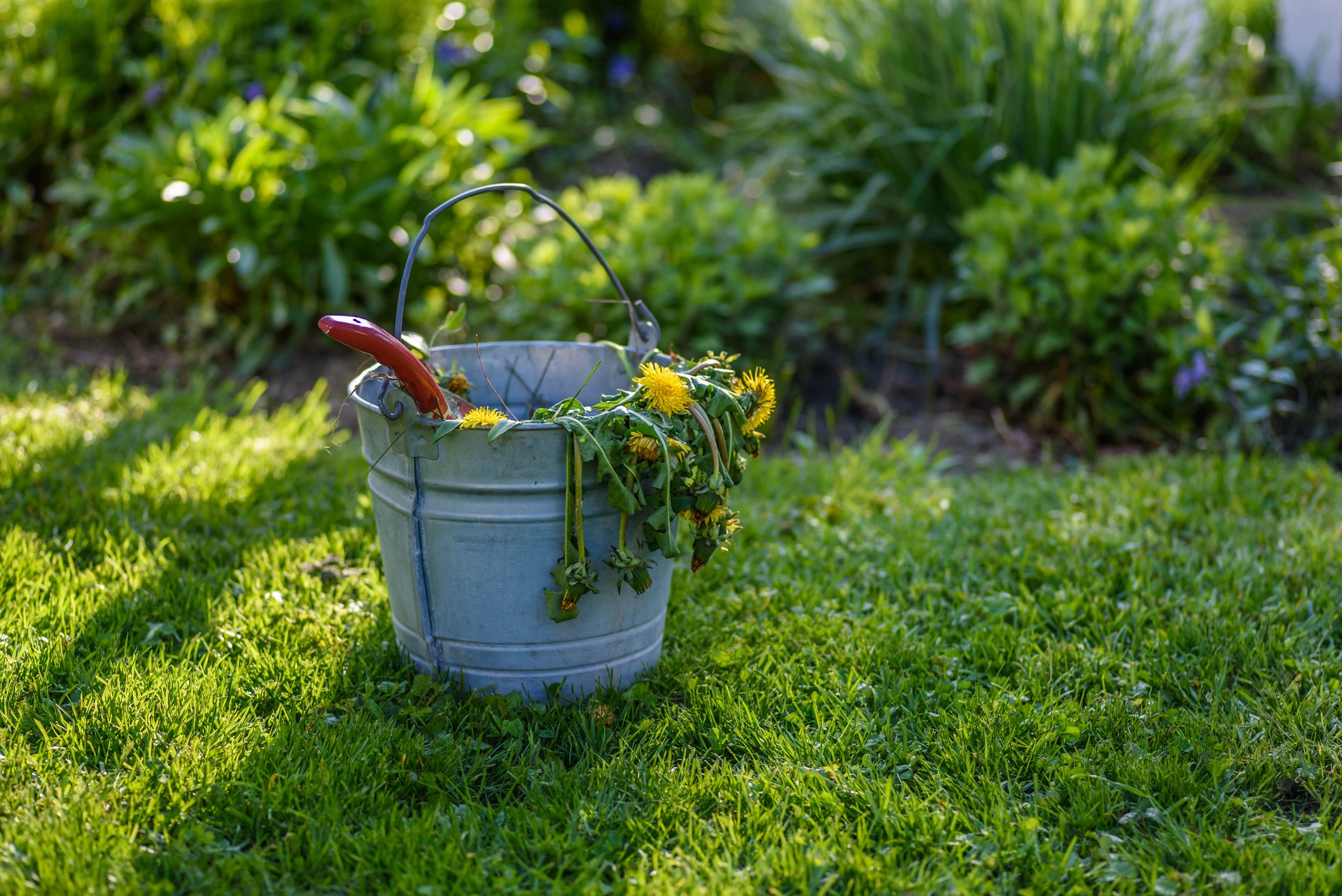
There are three fundamental factors that must be present and working together, if you want a healthy lawn with few weeds. They are fertility, water and mowing. When all three are done in the proper way, the turf can compete with most existing weeds, and resist further weed germination.
How does a great lawn compete with weeds?
Quite simply, the thicker the lawn, the more difficult it is for weeds to grow and establish. Golf courses use very little weed control on their greens, tees and fairways. Even though the turf is cut very short a strict regimen of mowing frequency, water, fertility and over-seeding keeps them looking weed free.
Grass needs balanced nutrition for growth and the vitality to compete. Without fertility, grasses thin out, and weeds will invariably begin to take hold quickly, to the point of dominating the space for light, soil, and water, over the turf.
Nutri-Lawn has been focusing on fertility as the cornerstone of its programs since the very beginning.
How do you reduce weeds in a lawn?
- Follow Integrated Pest Management methodology to weed and insect control application.
- Controlled-Release fertilizer technology for predictable season long nourishment.
- Mow at 2.5 - 3" height weekly to maintain lawn health, which will reduce weed seed germination.
- Water weekly (minimum 1"), more frequently during hot, dry periods.
- Core Aeration
- Regular Liming (Spring & Fall) to improve fertilizer performance and minimize weed growth.
- Over-Seed at least once per season. Bare spots and thin turf encourage weeds.
Taking a proactive approach to preventing weeds is important for the health of your lawn. The best, natural defense against weeds is maintaining a thick and healthy lawn capable of out-competing weeds and tolerating minor insect feeding.






